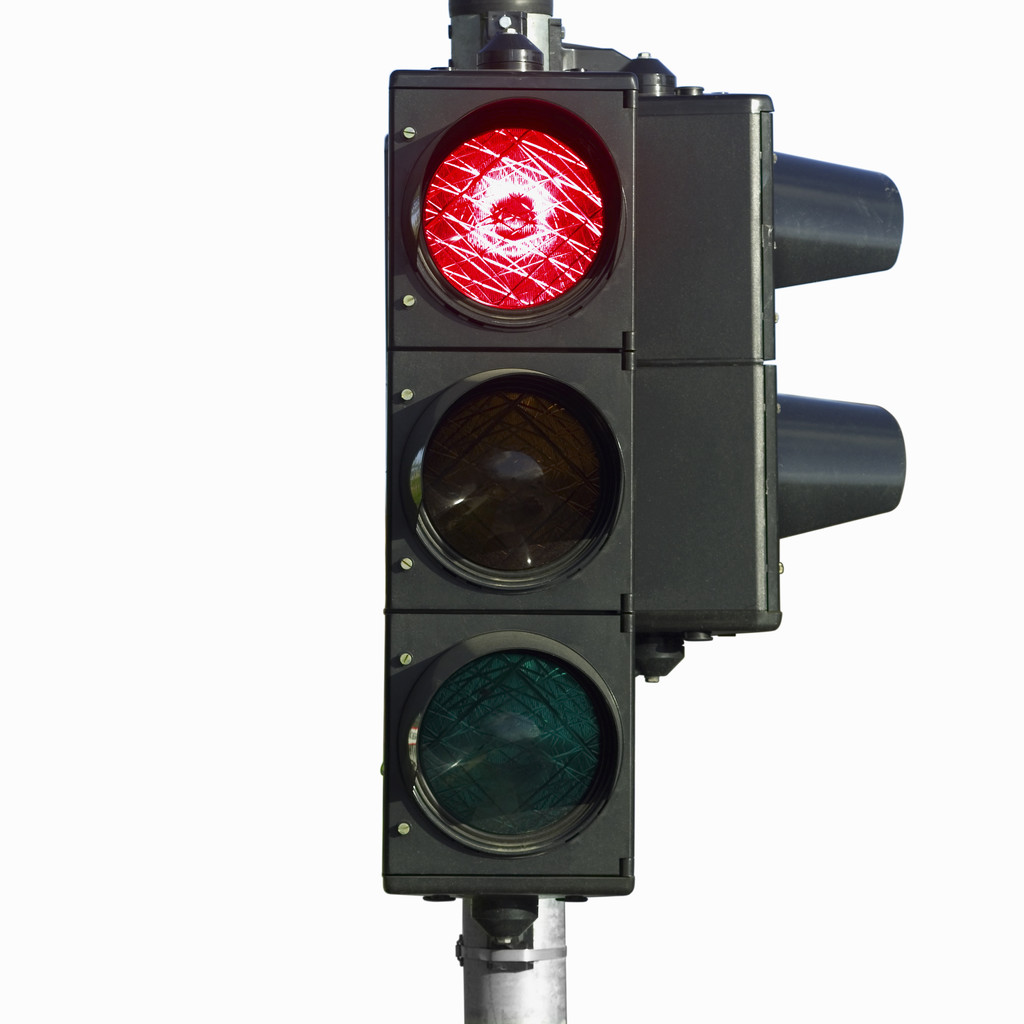Want the latest retirement plan adviser news and insights? Sign up for PLANADVISER newsletters.
SEC Committee Outlines Agenda to Help Protect Investors
Among other things, the Securities and Exchange Commission (SEC) plans to explore the definition of fiduciary duties of financial intermediaries.
Last month the Securities and Exchange Commission (SEC) announced its new Investor Advisory Committee, in order to give investors “a greater voice in the Commission’s work.” (See “SEC Creates Investor Advisory Committee.”) This week the Commission laid out the agenda of the new committee, which held its first meeting Monday.
“The insights that the Committee members bring will be extremely important to the Commission as we move forward on our investor protection agenda,” said SEC Chairman Mary Schapiro.
According to a release from the SEC, the discussion topics identified by the committee include:
- Fiduciary duty: Should all financial intermediaries who provide investment advice to their customers be subject to the same fiduciary duties, and how should those duties be defined? Many investors rely heavily on financial advisers for investment decisions, but might not understand the different standards that apply to brokers and investment advisers.
- Proper disclosures: Does the information that investors currently receive—both before making an investment decision and afterwards—meet their needs, and if not, what changes are necessary to ensure that investors have the information that they need, when they need it?
- Technology: Can technology be better used to improve the flow of information to and from investors?
- Financial literacy: Should there be a distinction between “investor information” and “investor education,” and if so, what is that distinction? What is the role of “financial literacy,” and how can the SEC promote early education of these issues?
- Valuation: Do investors fully understand the role that underlying asset valuation plays in portfolio and fund valuation? For example, do investors in variable annuities understand that guaranteed minimum payouts do not necessarily hold if the underlying investments (mutual funds, etc.) decline by a certain amount? Do fixed-income investors understand that high-yield bond funds involve more risk than other fixed-income investments, or that fixed-income investments are typically much less liquid and, therefore more difficult to definitively value, than are equities?
- Majority voting: Should majority voting for directors be mandatory for all U.S. companies? Although most large U.S. companies have adopted a form of “majority voting,” many other companies still enable directors to be elected based only on plurality support.
- Director-investor communications: Are there more effective ways for investors and directors to communicate with one another and what steps can the Commission take to facilitate dialogue and help ensure that corporate manager interests are aligned with investor interests?
- Proxy voting: Do investors—both institutional and individual—have the information they need to make informed proxy voting decisions, and are these decisions effective in holding corporate directors accountable? Does the proxy voting process and system foster informed decision-making? Should there be more transparency to the market about investors’ proxy decisions? What is the role of proxy advisory firms, and should they be subject to more oversight by the Commission?
- Resources: Does the SEC have the resources it needs to effectively achieve its investor protection mission?
You Might Also Like:

Money Market Funds Damaged by ‘Flawed’ SEC Amendments

SEC Fines 12 Firms $63M for Failing to Maintain Proper Electronic Records



